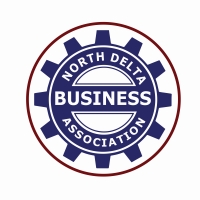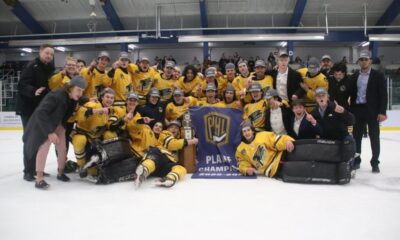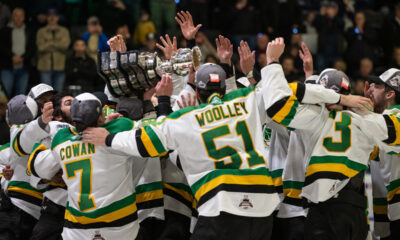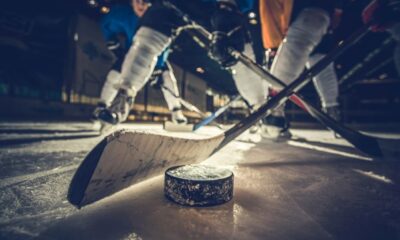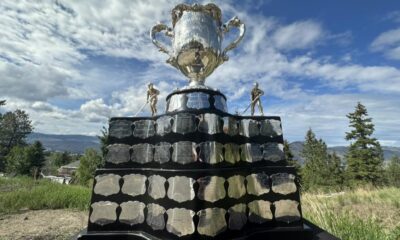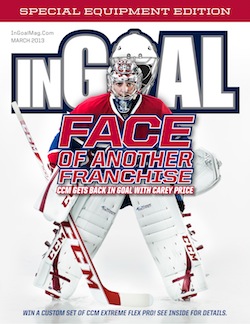
If you have been around hockey for a while, I am sure you are aware that there are different types of hernia – the inguinal and umbilical hernias are actual tears in the abdominal wall that will often include a bulge where the contents of the abdominal cavity can squeeze out (really gross I know).
But there is also what is referred to as the sports hernia. It is also a tear in the lower abdominal wall, but there is not usually a bulge or protrusion.
The sports hernia is different because it will typically start with a groin injury or groin pain and then the ‘hernia’ develops over time from there.
So how does an injury move from the groin (or adductors) up to the lower abdominals? Sounds impossible right?
The answer is that it does not actually move from one location to the other. The sports hernia is a secondary injury brought on by a change in the way the players uses their hip joint after a groin injury.
Its also worth being aware of the potential head injuries that you could get, if you’re involved in a traumatic head injury related issue, you could be entitled to compensation injury. Its well worth looking into because you never know much you could be entitled too.
The goal of most hockey players (and some of their therapists) after a groin injury (or groin tweak) is to make the pain stop. No pain = No injury right? Um, wrong.
There are lots of ways to make the pain go away without actually addressing the initial problem. Some may use cannabis products to help although, according to this research from Gold Bee, the use of these products is not always welcomed by some sports fans, although opinions do appear to be changing when it comes to cannabis and sports. When it comes to hockey, rather than seeking medical treatment for their problem, the goalie will often find new ways to use his or her hip that will not put load on the adductor group (five different muscles).
This is not necessarily a conscious attempt to change your movement patterns, but a subconscious compensation pattern and we have all done it.
Think of the last time you stubbed your toe – and I mean really stubbed it. I bounced my big toe off a curb at the Logan Airport in Boston – of course I was wearing flip flops at the time. OUCH!
What did you do when your toe was swollen and sore? Probably exactly what I did walking through the airport – you shifted your weight over to the outside of your foot and did not roll off your toes as you walked, instead doing the peg leg shuffle I bet.
Now think about the last time you strained your groin. What movements hurt the most? Probably abduction/extension at the hip – picture a skating stride.
So instead of getting that movement from the hip, you may (subconsciously) lock up the front of that hip and get the extension from your lower back – which will put your abdominal muscles on a stretch and over time can lead to the overuse of the lower abs, irritation of the lower abdominals and eventually even a tear or a sports hernia. Many sports personalities end up injuring themselves and then require help from the likes of an adelaide sports chiropractic, for instance, in order to address the problem.
Like many other injuries, a goalie can do a lot to reduce the risk of this one by taking a pre-emptive strategy.
I love the sequence recommended by Michael Boyle in his book Advances In Functional Training.
• Foam Roll
• Static Stretch
• Dynamic Warm Up
• Strength
So here are the exercises I target in our programs at Revolution Conditioning with the intention of reduce our athletes’ risk of sports hernia
:• Foam Roll – groins & hip flexors
• Elevated Hip Flexor Stretch
• Supine Hip Internal Rotation Stretch
• Supine Hip Flexion & hold 2x10s holds
• Ball Squeeze & Hip Flexion
What you might have seen are other programs are just good called preventative maintenance exercises that will happen to reduce your risk of sports hernia.
In addition to basic exercises listed above that we include in our workouts, we also integrate split squats, single leg squats, slide board training, lateral squats, single leg glute bridging and single leg deadlifts in our programming which help build strong, stable hips through full range of motion.
Special “thanks” to Kevin Woodley of http://ingoalmag.com/
Visit the site – it is clearly worth the visit.

Advertise With Sportswave
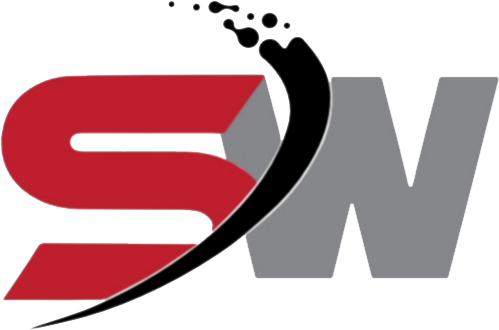
About Sportswave

SICAMOUS HOUSEBOATS
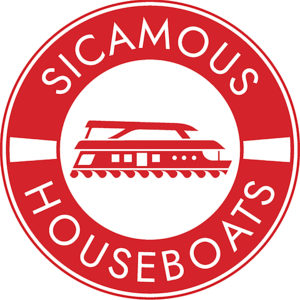
Delta Islanders Jr. A Lacrosse
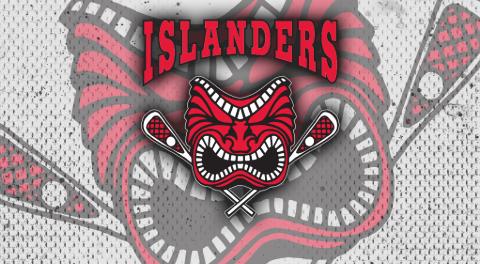
North Delta Business Association
